Echizen Drawing Paper
section1
Why is Echizen Washi loved by artists in Japan and abroad?
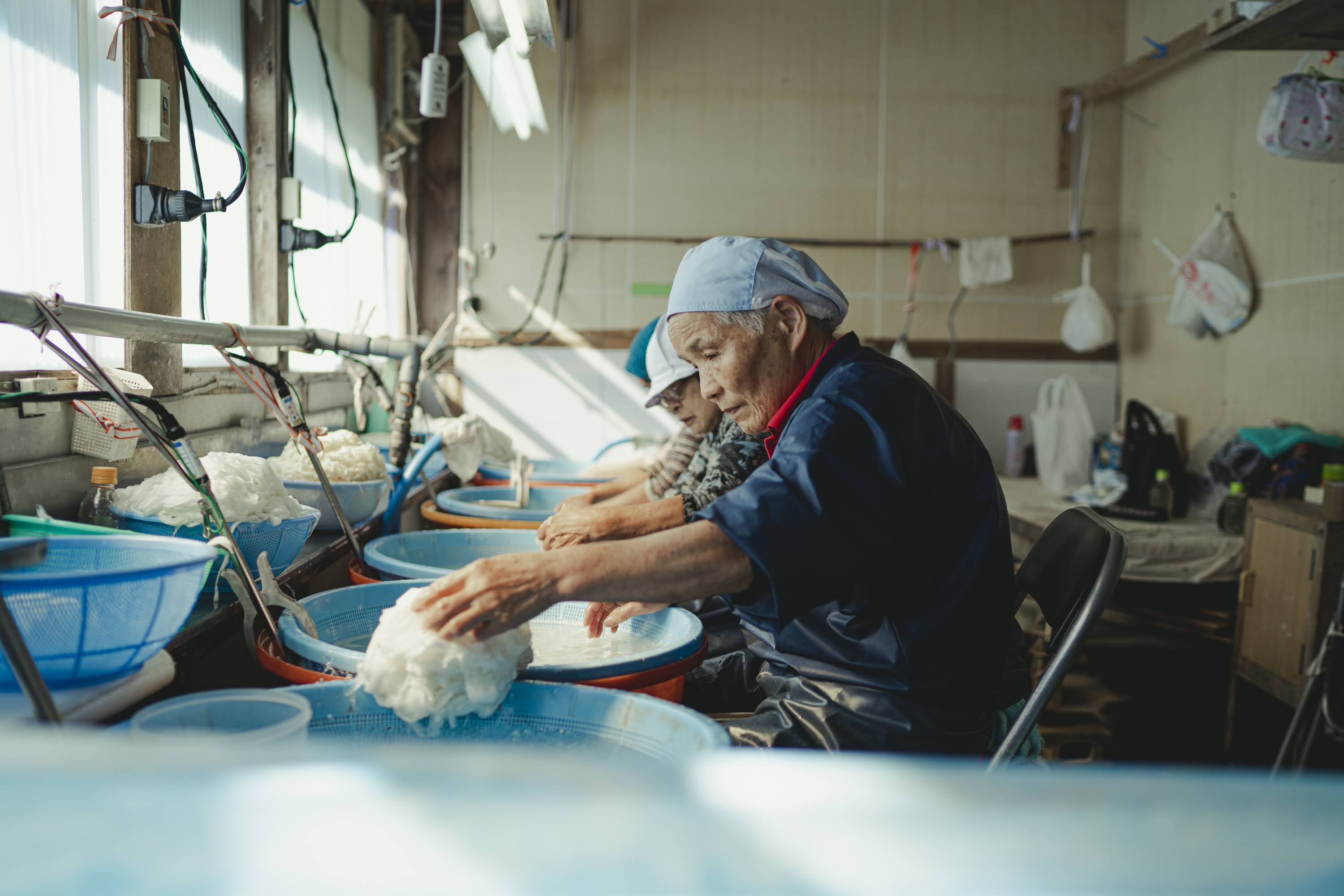
Echizen washi has a long history of about 1,500 years among the many washi production areas in Japan.
In the Muromachi period (1336-1573), it produced "Echizen-hosho", official paper for court nobles and samurai families, and since the Meiji period (1868-1912),It has been used to produce banknotes and securities, and has long been highly regarded for its quality.
Echizen Washi has also attracted attention in the field of art, with Yokoyama Taikan and Hirayama Ikuo among those who have patronized "hemp paper". It is said that even Picasso ordered "Echizen Hosho".
Echizen Washi is used by artists in Japan and abroad. What is its appeal?
Rembrandt
section2
Echizen Washi in the prints of that famous painter!
In 2014, A shock ran through the Echizen washi production area. The news came in that Echizen washi paper may have been used in prints by Rembrandt, a 17th century painter.
Rembrandt was a Dutch painter from Amsterdam. In addition to his masterpiece ”The Night Watch”, he left many prints and drawings. He is also called the "Magician of Light"because of his technique of using light to highlight the objects in his paintings.
When Rembrandt's print "Christ Healing the Sick" in the collection of the National Museum of Western Art was examined under an optical microscope and other equipment, gampi, a material used to make Japanese paper, was discovered on the print paper.
At that time, the Dutch East India Company was expanding its trade in Asia, and Japanese paper was imported from Japan through Nagasaki. In fact, the possibility of Echizen washi surfaced suddenly because the ledgers of the Dutch trading house in Dejima, Nagasaki, contained records of the export of washi made from gampi.
"Rembrandt may have been attracted to gampi paper because of its excellent colors and its ability to express deep darkness even with weak printing pressure."
A wholesaler of Echizen washi since 1871, the company has earned the full trust of artists in Japan and abroad as a "washi sommelier".
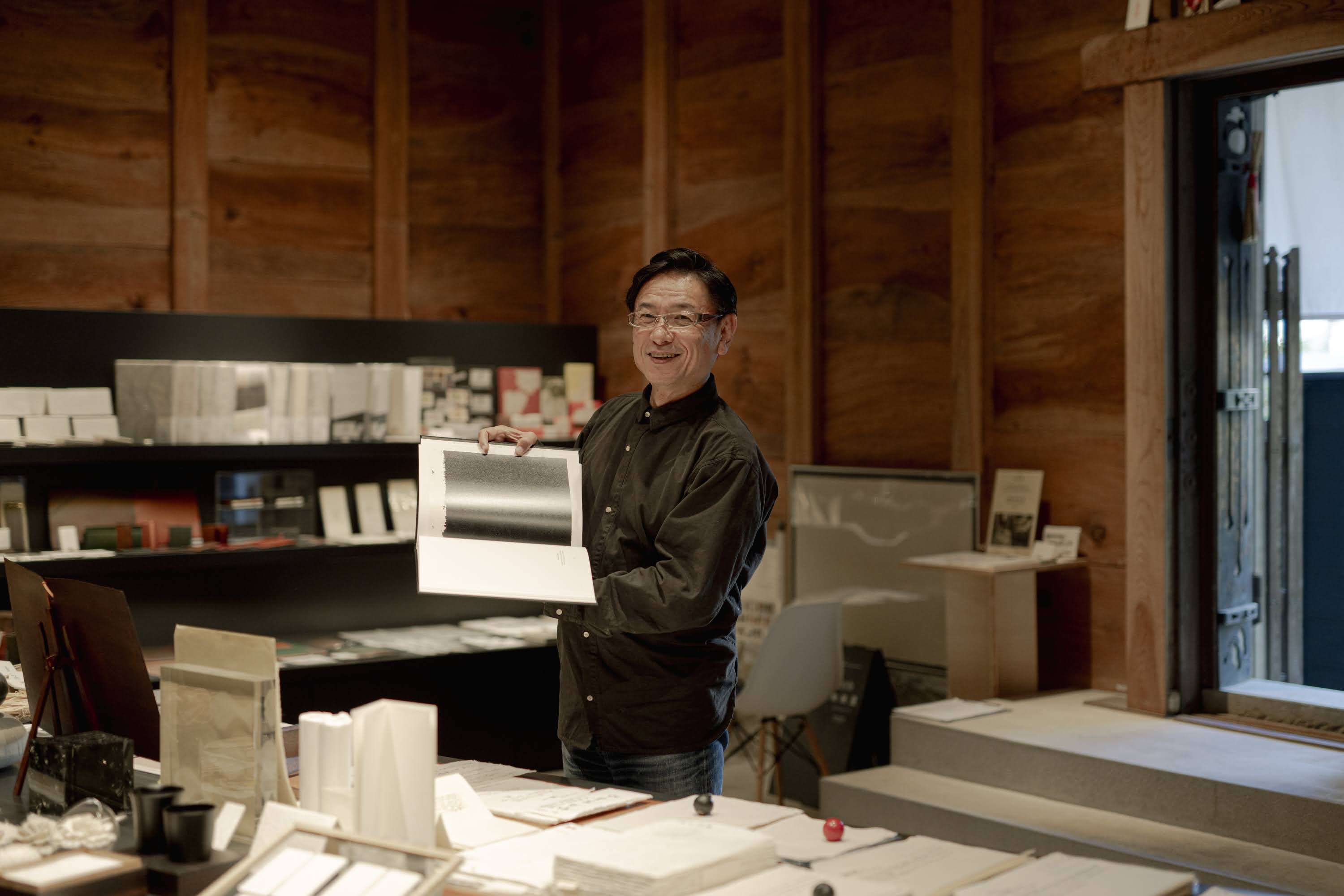
▲Mr. Sugihara, who has been traveling around Japan and overseas to convey the appeal of Echizen washi.
Let us ask Mr. Sugihara, who knows the Echizen washi production area inside and out, for more details.
Rembrandt
section2
Printing
section3
Japan's First Letterpress Printing Brought
It is said that Rembrandt's acquaintance with Echizen washi was actually triggered by an event around the 16th century.
In 1582, the Tensho Mission to Europe for Boys, which was sent to Rome under the order of the Christian feudal lords, brought back to Japan a local letterpress.
The printing press was brought to the Shimabara Peninsula to print Christian books under the cover of the Shogunate, which had issued a decree banning the Bantustrian Law (of 1956). The book is said to be "Japan's first letterpress printing".
"In this period, paper was not yet available in Japan, and printing must have been done on Japanese paper. Rembrandt, who collected paper from all over the world, is said to have discovered Echizen washi after seeing this Christian book."
Gampi Washi
section4
Gampi Japanese paper, which takes a lot of time and effort
Washi is made from fibers extracted from the bark of trees, such as kozo (paper mulberry),mitsumata,and gampi.
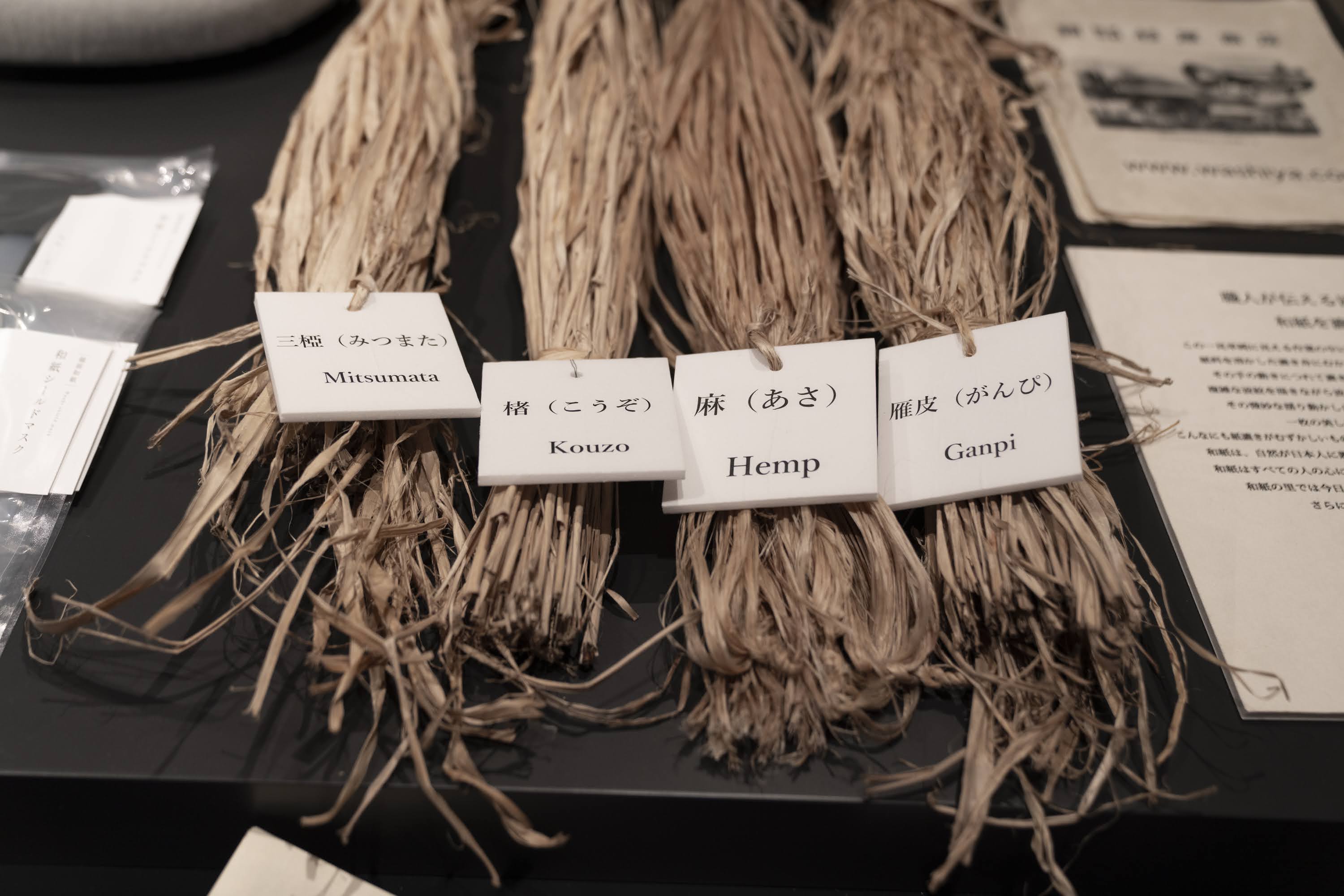
"The Echizen washi paper that Rembrandt is presumed to have used for his etchings is gampi paper. It is a light yellowish-brown, dense, smooth paper, also called Torinoko (bird's egg) because of its resemblance to the color of a bird's egg."
"Compared to kozo and mitsumata, gampi has flatter fibers (flattened), which makes the paper denser and allows less ink and paint to penetrate into the paper, reducing bleeding and producing paper with good color."
"Echizen has been famous since the Middle Ages for its high-quality gampi paper, and in the Edo period, Echizen gampi paper was acclaimed as the finest paper, or perhaps the king of paper."
Since gampi could not be cultivated, it was gathered from the wild in the mountains and used as a raw material for paper.(Nowadays, the cultivation method is well established.)
The key to making gampi paper is "dust selection (chiriyori)".Gampi is particularly prone to "dust", or fine tree bark, sand, and foreign matter, which must be painstakingly removed by hand, which is a very labor-intensive process.
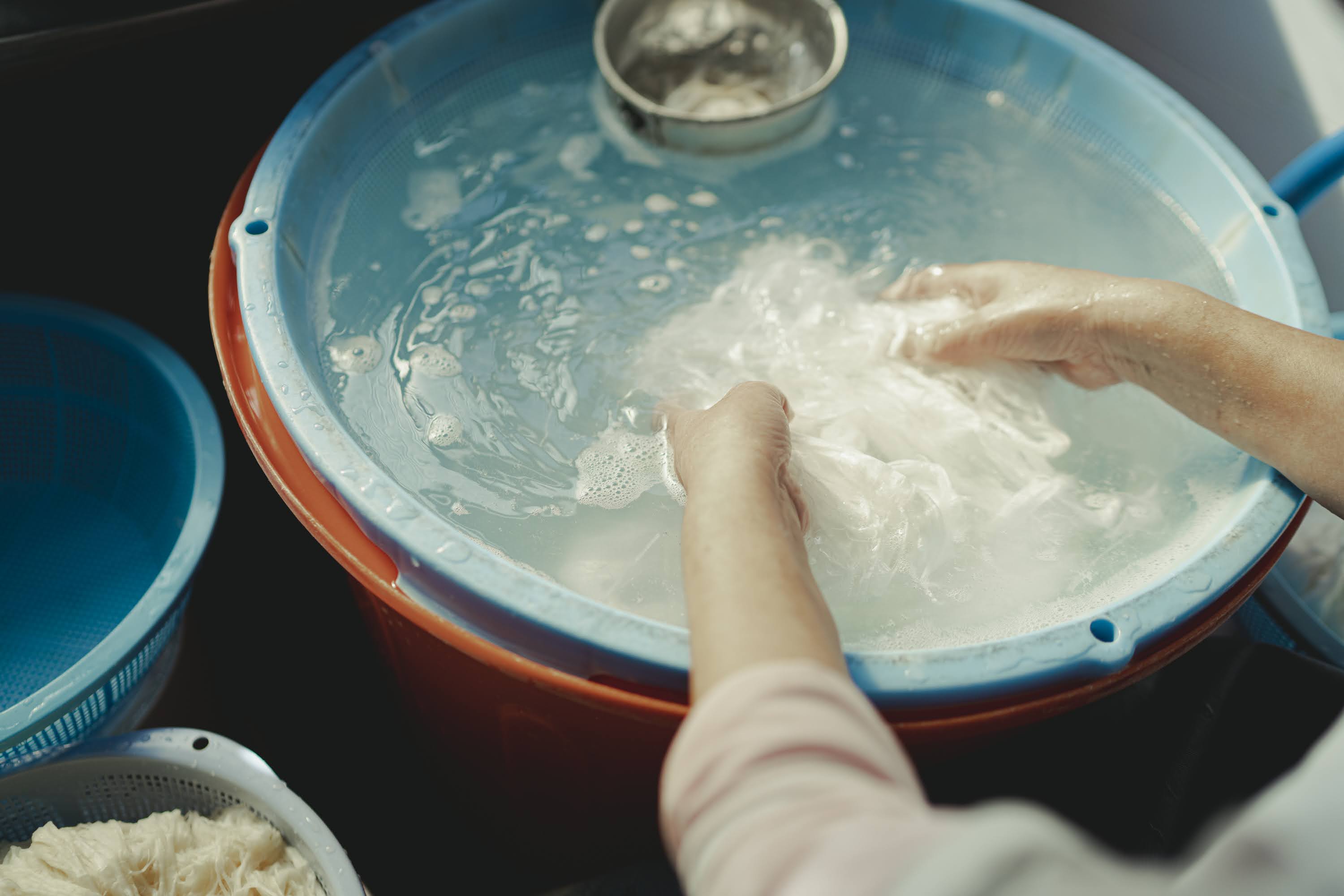
Rembrandt may have chosen Echizen's high-quality gampi paper for his prints because it is made with the utmost care and attention to detail.
Gampi Washi
section4
wholesale store
section5
Wholesalers connect artists and craftsmen
Since the Meiji period (1868-1912), Echizen washi has attracted the attention of artists in various fields, including Japanese-style painting, calligraphy, and contemporary art. Today, there are more and more requests to develop washi for use in specific artworks.
Wholesalers like Mr. Sugihara play a major role in this process.
Wholesalers may have the image of wholesaling products within a distribution system, but Mr. Sugihara is also actively involved in developing sales channels, developing Japanese paper, and acting as a bridge between customers and craftspeople.
"The Echizen washi production area is large in scale, with artisans using a variety of materials and techniques. Therefore, it may be difficult to find a craftsman who makes the washi you are looking for. I think it is also important for us, with our know-how, to connect craftspeople to meet the needs of artists who want this kind of washi."
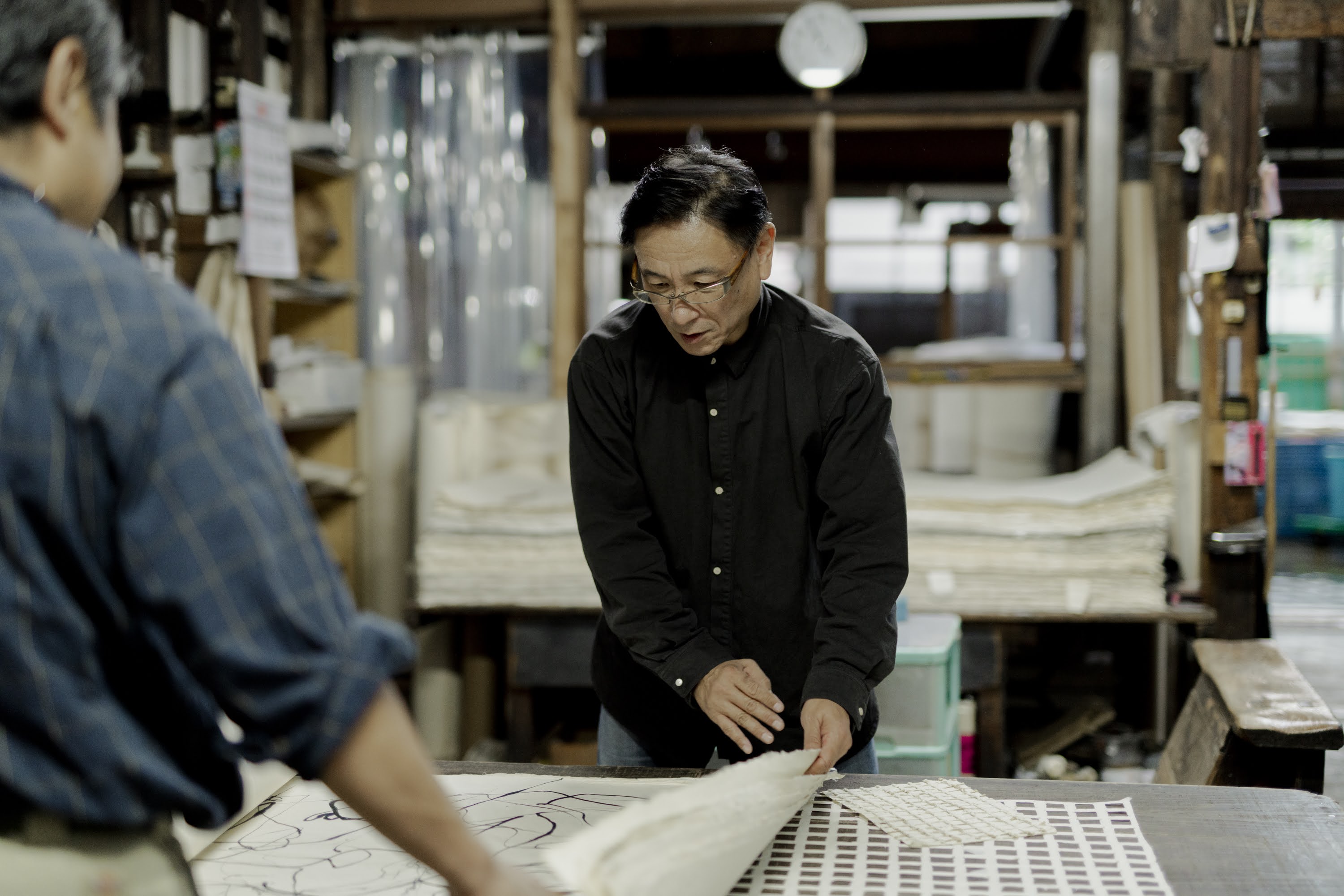
▲he says. Inquiries come in from all over the world. Some orders come in for washi that is "5cm thick and 20m long."
Perhaps the more prestigious the artist, the stronger the commitment to produce the washi he or she seeks, including the ratio of raw materials, drying methods, and millimeter-thinness. Mr.Sugihara's presence, who accompanies the artists in their passion for creating works of art, must be a reassuring presence for the artists.
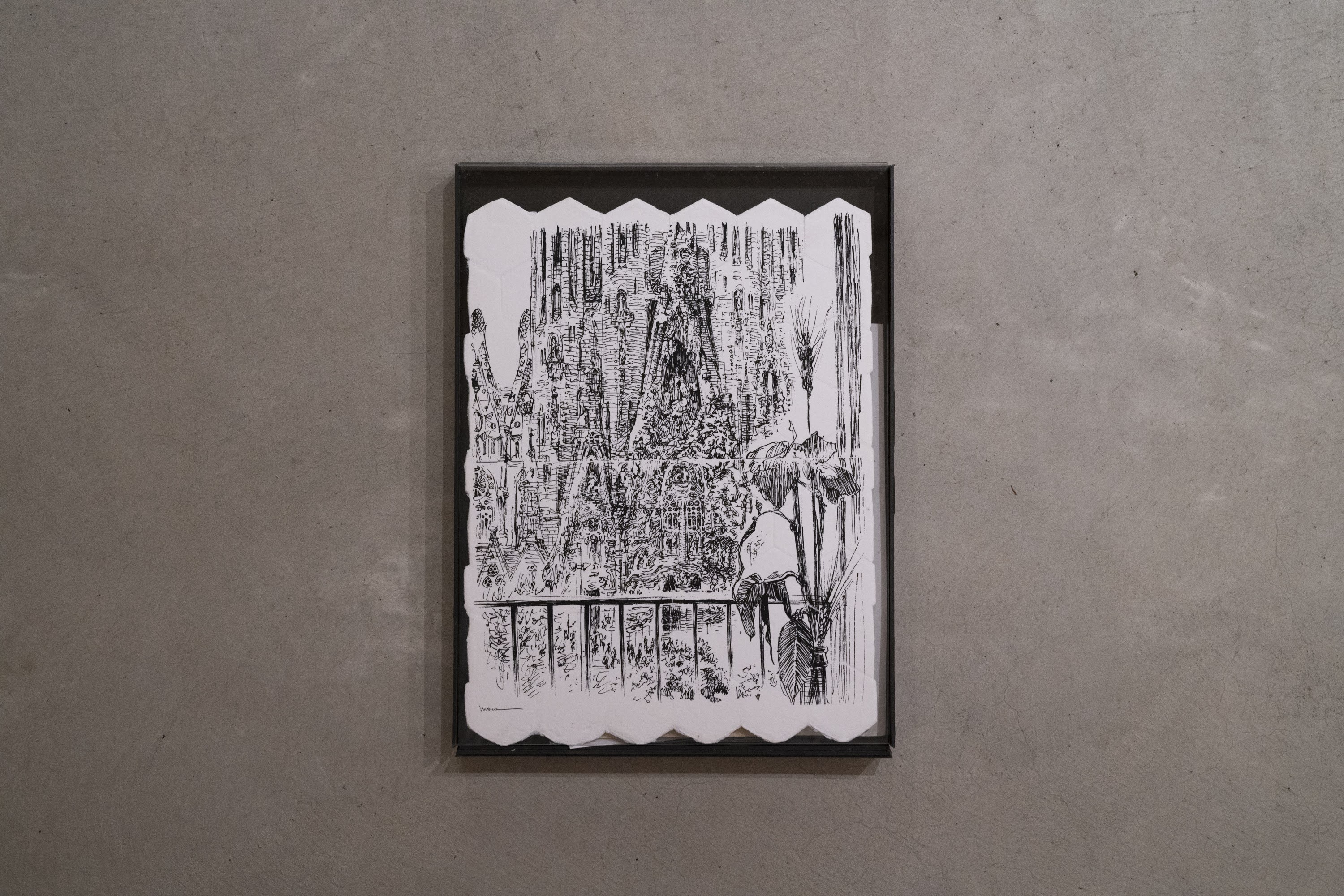
▲The work of manga artist Takehiko Inoue. Other Echizen Washi users include American sculptor Richard Serra and calligrapher Soun Takeda.
The time-and labor-intensive manufacturing of Echizen washi is supported by techniques that have been passed down for hundreds of years and by wholesalers who serve as bridges between craftspeople and users. It is sure to attract many more artists in the future.
Text / Ai Ishihara





